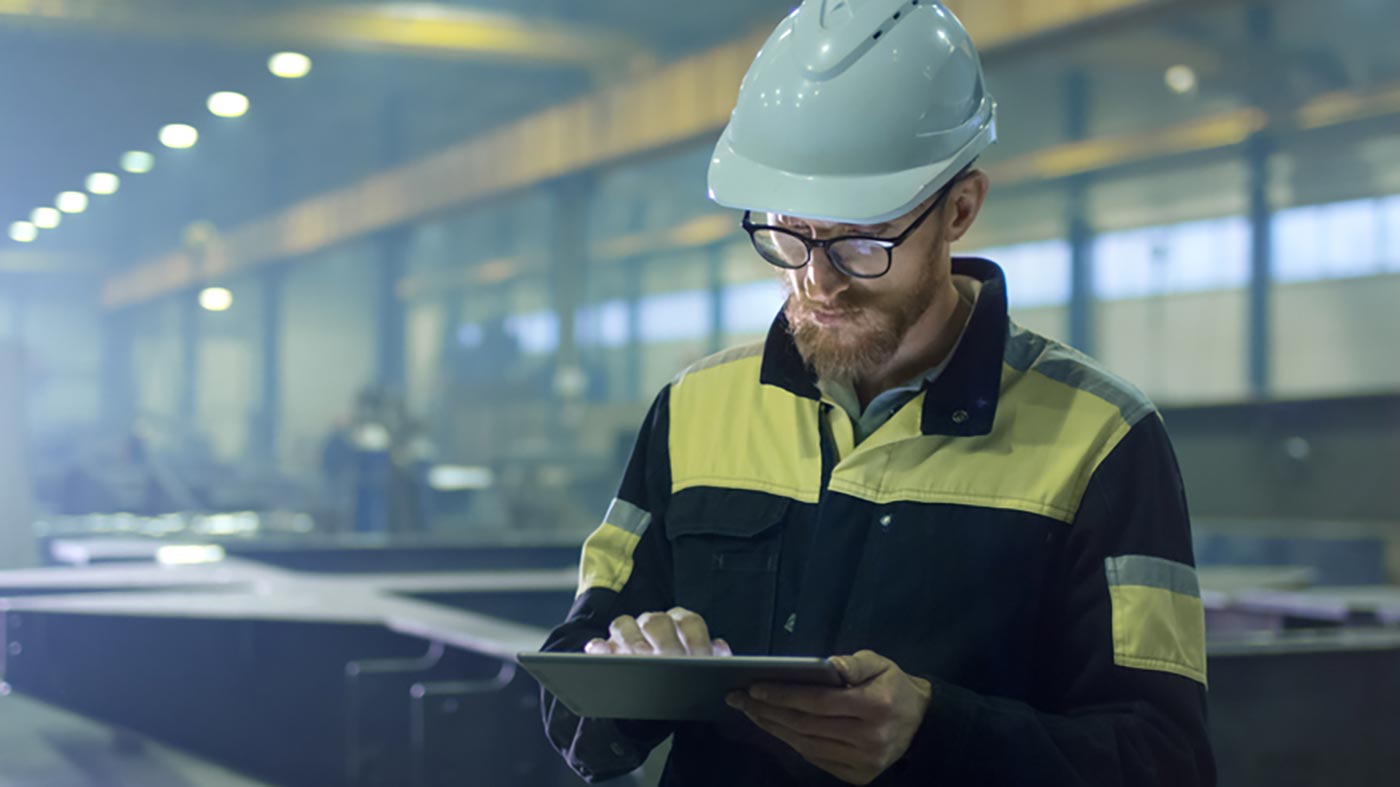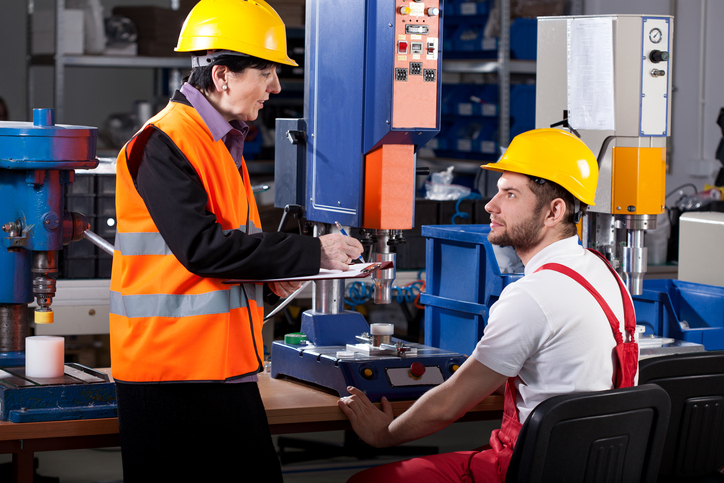Health & Safety Inspections

In a busy work environment, Health & Safety inspections can easily be overlooked.
This is particularly the case in smaller enterprises where owners juggle many priorities. However, the cost of not being compliant could mean a huge fine. Added to this, the resulting negative publicity can damage your reputation beyond repair.
Duty of Care & Inspections
As an employer, you have a duty to protect the health, safety and welfare of your employees and anyone else who might be affected by your activities.
This requires you to check, maintain and review your arrangements – including inspecting them to check:
- the required Health & Safety standards are being met
- you’re effectively controlling Health & Safety risks
Health & Safety inspections take different forms including:
- safety tours – general inspection of the workplace
- safety sampling – the systematic sampling of particular dangerous activities, processes or areas
- safety surveys – general inspection of particular dangerous activities, processes or areas
- safety representative inspections – the Safety Representative & Safety Committee Regulations 1977 allow for workplace inspection if there’s ‘reasonable notice in writing’
- incident inspections – after an accident causing a fatality, injury, or ‘near-miss’
- visits from Health & Safety Executive or local authority inspectors – they have strong enforcement powers and can enter your premises without permission or notice
Health & Safety Inspection Aims
General routine inspections are meant to:
- look for workplace hazards or potential hazards – it’s important to identify them before they cause harm
- find out whether staff have any problems in doing their jobs
- look at how work is being done – are safe systems of work being followed?
- ensure compliance with Health & Safety legislation
A H & S inspection also provides an opportunity to prove your commitment to achieving a safe and healthy workplace.
General health and Safety inspection checklist
Below is a general health and safety inspection checklist. This list isn’t exhaustive, however it can serve as a useful guideline for checks a general workplace inspection should cover:
- machinery – is it sufficiently maintained and guarded?
- systems of work – are designs safe and still being followed?
- hazardous substances – are they used and stored safely?
- manual handling – are staff adequately trained and using correct aids?
- workplace – is housekeeping good (no trailing wires etc)?
- fire precautions – are extinguishers in place and escape routes clear?
- welfare facilities – is a stocked first aid box in place, are toilets clean?
Avoid the temptation to routinely wander around – otherwise less obvious hazards can readily be missed. In addition to a physical inspection, you will need to carefully review your:
- management system to check its appropriate
- paperwork (risk assessments, equipment test certificates etc) to check its legally compliant
Any identified issues will form an action plan. Someone must be responsible for monitoring the plan to ensure action is taken.
The outcome must be recorded, along with the responsibilities and action timescales.

How often should you inspect?
Much depends on the nature of your work. A Health & Safety company will be able to demonstrate best practice.
Inspections may be required less often, for example, if the work environment is low risk such as in an administrative office.
But more frequent inspection will be needed if certain workplace areas or specific activities are high risk, or change rapidly or significantly
Do you need support?
Speak to us for an honest, no obligation chat on:
0345 226 8393 Lines are open 9am – 5pm
Who should carry out the Safety Inspection?
You can carry out an inspection yourself or you can have it done externally. WorkNest’s Health & Safety support can manage this for you.
One way of minimising the chances of less obvious hazards being missed is to have a fresh pair of eyes do the inspection – they may question things that have come to be accepted as ‘always being like that’.
But whoever inspects, they must have sufficient knowledge and experience to enable them to know:
- what to look at
- what to look for
- what to do if they find a problem
Indeed, if the inspection isn’t carried out by a competent professional, there’ll be a higher chance errors and problems won’t be detected.
The Management of Health & Safety at Work Regulations 1999 say employers must have Health & Safety assistance from ‘Competent Persons’. In other words, the person doing the inspection must be able to make sure you’re:
- suitably managing Health & Safety risks
- complying with Health & Safety law
The regulations go on to say the ‘Competent Persons’ must have ‘sufficient training and experience or knowledge and other qualities’.
Get Specialist Help
Health & Safety Inspections are really important – not least because they help to check everything’s in keeping with what’s legally required.
But if you don’t feel confident doing your own checks, then let inspector WorkNest do them for you!
We can ensure your premises, activities and systems are fully compliant with Health & Safety law.
Our Health & Safety advisors can also:
- Act as one of your legally required ‘Competent Persons’
- Carry out risk assessments and safety audits
- Write you a Health & Safety policy
The benefits of health and safety inspections
Ensuring a safe and healthy workplace is a fundamental responsibility for employers, not only to comply with regulations but also to protect the wellbeing of employees. Conducting regular health and safety inspections plays a crucial role in achieving these goals. Here are 7 other benefits to implementing and maintaining a robust health and safety inspections programme:
- Compliance with Regulations: Regular health and safety inspections ensure compliance with legal requirements, reducing the risk of penalties or legal actions.
- Improved Safety Culture: Inspections demonstrate a commitment to safety, fostering a culture where employees feel valued and protected.
- Reduced Accident Rates: Identifying hazards and taking corrective actions through inspections can lead to a decrease in workplace accidents and injuries.
- Cost Savings: Fewer accidents mean reduced costs associated with compensation claims, sick leave, and insurance premiums.
- Enhanced Productivity: A safer workplace promotes higher productivity as employees feel more secure and focused on their tasks.
- Reputation and Image: Demonstrating a commitment to health and safety enhances your reputation as a responsible employer, which can attract and retain talented staff.
- Continuous Improvement: Regular inspections provide opportunities for ongoing improvement of health and safety standards, leading to long-term benefits for the organisation.
Why WorkNest?
Health & Safety law is huge, complex and constantly changes.
While there’s no shortage of Health & Safety consultants to help you develop your Health & Safety systems – ask yourself, what do they know about the law?
With a much more suitable skillset, WorkNest’s Health & Safety consultants are best placed to keep your organisation on the right side of the law!
If you would like expert guidance on applying the provisions of the Health and Safety at Work Act within your organisation, our qualified Health & Safety specialists can provide expert advice and help to make your responsibilities clear. We can also provide practical support with conducting risk assessments, creating safe systems of work and producing a Health & Safety Policy tailored to your organisation.
Request your free consultation below or get in touch on 0345 226 8393 for more information.
